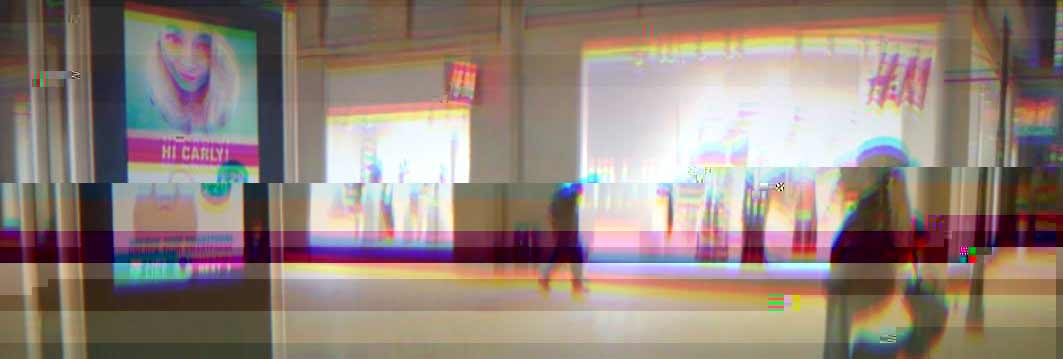International conference. Centre for the Study of Cultural Memory, Institute of Modern Languages Research, School of Advanced Study, University of London
Dates: 29-30 March 2019
Confirmed speakers: Stephen Bann (Bristol); Rebecca Coleman (Goldsmiths); Paolo Jedlowski (Calabria); Anna Reading (KCL); Michael Rothberg (UCLA)
Proposals for panels or papers by 31 July 2018 to memories.future@sas.ac.uk.
Call for papers
What does it mean to remember the future? What roles do memory, history, the past play in our consciousness as citizens of the early twenty-first century?
David Lowenthal (2015) reminds us that ‘commands to forget coexist with zeal to commemorate’, which raises the very important yet often overlooked questions of: what to remember and what to forget, who is well positioned to lead on or judge in that process, with whose legacies in mind, and with what consequences for future and past generations. In the 1980s, a significant body of scholarship on cultural memory emerged to protect the past from ‘time’s corrosive energy’, leading to ‘collective future thought’ (J. Assmann, 2011; Szpunar and Szpunar, 2016). Cultural memory acted as a moral imperative, a prerequisite to overcome not merely violent pasts but the violence inherent in linear temporality. As such, cultural memory has been seen as redemptive, enabling a more productive relation between past, present and future.
More recently, ‘thinking forward through the past’ has been central to a number of AHRC-funded projects in the UK examining environmental change, postcolonial disaster, gender and colonialism, heritage futures, ruins and more. Climate change, big data and the crisis of democracy are challenging our future in ways that may suggest a misalignment of temporal scales. One way of responding to this is through what Reinhart Koselleck (2000) called horizons of expectations and spaces of experience, namely, the horizons implicit in our anticipations of the future and the degree to which our experience of these have changed and will change over time. Utopian imaginaries and deploying utopia as a method (Levitas, 2013) invite us to think about hope, empathy, and solidarity, each contributing to create different places from which to imagine a future outside crises, fears and risk.
The past and the future constitute our cultural horizons in ways which are neither neutral nor solely technical, but, as Appadurai (2013) has suggested, ‘shot through with affect and sensation’. One of the key challenges of our time is how to study and create futures we truly care for and which are more social (Adam and Groves 2007; Urry, 2016).
Memories of the Future invites contributions to articulate the future in relation to cultural memory, and interrogate the precise and diverse manners in which the past, the present and the future are intertwined and dialogical, complicating our understanding of temporalities in an age saturated with memory and ‘past futures’.
Suggested themes and areas of inquiry include:
- The future of memory
- Temporal multi-directionalities
- Memories of the future
- Utopias and dystopias
- Past, present and future mobilities
- Smart cities and future/ist metropolises
- Science-fiction and other subsets of utopia
- Housing, cohousing and the future of habitation
- Futurisms, modernisms, afro-futurisms
- The future in/and the Anthropocene
- Post-humanism and the non-human
- Intentions, expectations, anticipations
- Counterfactuals
- Trauma, violence and conflict
- Tangible and intangible heritage
Please submit proposals for panels or papers (max 20 minutes) by 31 July 2018 to memories.future@sas.ac.uk, including a 150-250 words abstract.











